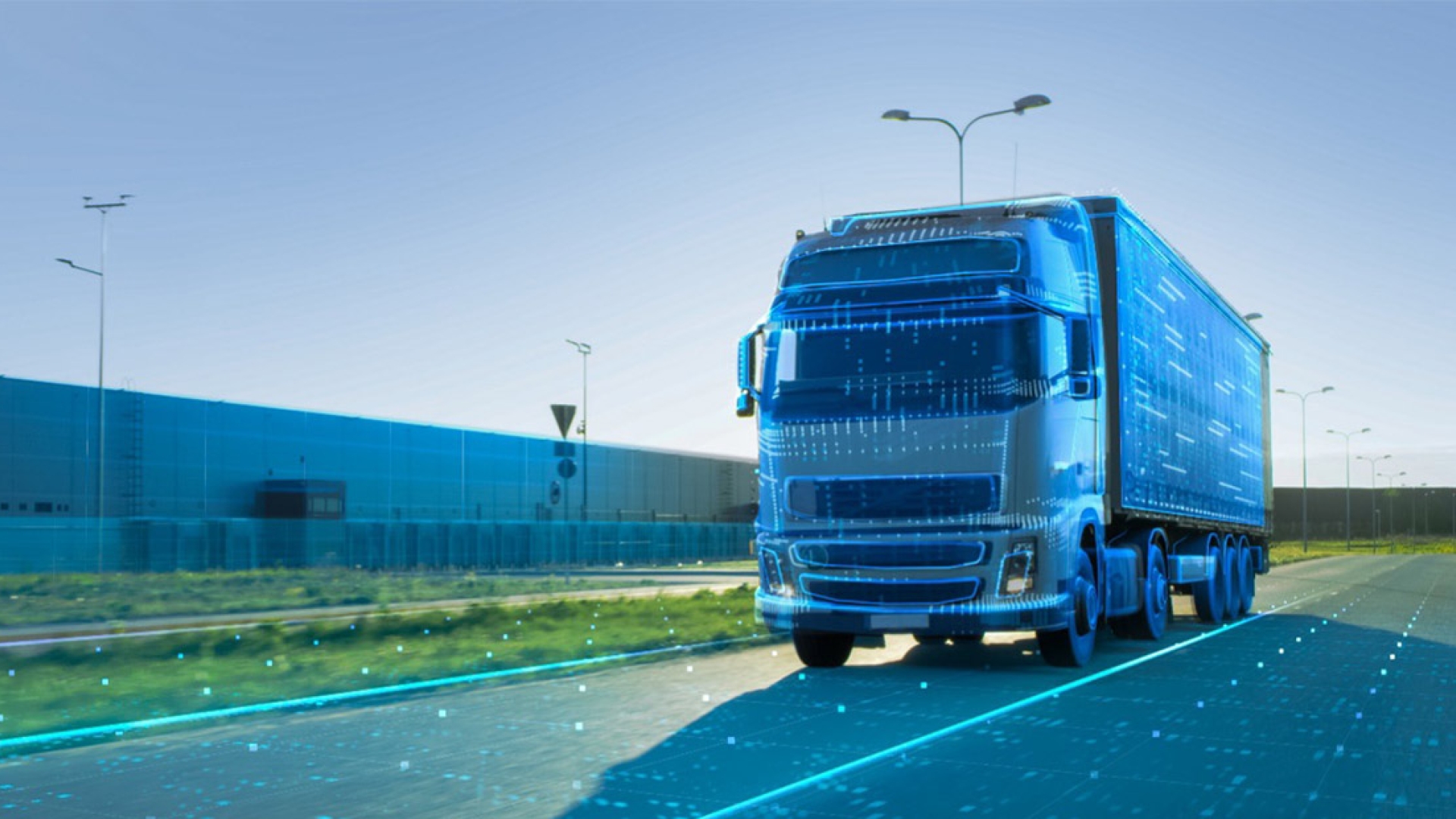How software-defined vehicles will shape sustainable transportation
By Cummins Components Business Unit

The transportation industry’s shift towards cleaner operations is a key goal in the future of energy transition. As businesses find ways to achieve this goal, vehicle software is increasingly becoming crucial in leading the charge. We have discovered the many roles that vehicle software plays in helping reduce emissions and we have also delved into the many benefits software offers OEMs. This article explores another aspect of software in commercial mobility by diving into software-defined vehicles.
Software-defined vehicles are vehicles that use software to manage operations and to enable new features and functions rapidly by adding more powerful centralized electronic control units (ECUs). Software-defined vehicles primarily leverage software to enable its functions. This article explores software-defined vehicles’ key features, operational mechanisms, and how they will help contribute to the future of mobility.
What is a software-defined vehicle?
Software-defined vehicles mark a change in how vehicles are designed. In this setup, a central Electronic Control Unit (ECU) handles more processing tasks. Important decision-making software operates on this central ECU, managing functions ranging from navigation to overall vehicle software. This setup also allows software tasks to be divided across different areas, with older embedded ECUs managing real-time controls of a vehicle's powertrain while connected powertrain features are handled by a separate connectivity/telematics ECU. This shift means that vehicle features can be upgraded through software updates, similar to how smartphone apps are updated, instead of needing physical changes to the vehicle's parts.
Software-defined vehicles have more operational flexibility than traditional vehicles. While conventional vehicles rely on dedicated hardware for each function and feature, software-defined vehicles can be more readily updated and improved over time. This approach can help extend the vehicle's lifespan and allows for the integration of emerging technologies, ensuring that the vehicle remains at the cutting edge of technology.
Central to the architecture of a software-defined vehicle is the powerful central ECU, also called vehicle ECU. This ECU must be capable of processing large amounts of data that manage everything from autonomous driving to entertainment systems. Powertrain-specific features, such as edge analytics and real-time route-based efficiency optimization, also run in this domain. Such architecture needs robust, secure and high-speed data networks and data processing capabilities.
Software-defined vehicles have major implications for the commercial mobility industry and signify a shift towards vehicles that are more adaptable, efficient and capable of integrating the latest technology. As the industry moves forward, the role of software in vehicles will become increasingly important, marking a departure from traditional, hardware-centric designs towards a future where software defines the vehicle’s operations and driving experience.
Features of software-defined vehicles
Software-defined vehicles allow for an unprecedented level of customization and adaptability, enabling vehicles to receive new features and performance enhancements without the need for physical modifications. For customers, this means that their vehicles will continue to get better over time, gaining new capabilities through over-the-air (OTA) software updates. Through OTA updates for the Electronic Control Module (ECM), manufacturers can deploy software patches and new features directly to the vehicle, ensuring that it remains up to date with the latest advancements. This not only enhances the user experience but also allows for rapid response to any identified issues or vulnerabilities. Design vulnerabilities and weaknesses can be improved through software updates to provide higher quality and reliability even after production.
One of the most compelling aspects of software-defined vehicles is their potential for personalization. Just as smartphone users download apps, software-defined vehicle owners can select, and update vehicle features to suit their preferences and needs. Whether it is upgrading to improve energy efficiency or updating the infotainment system, the possibilities for customization are endless.
Furthermore, the integration of advanced sensors and connectivity technologies enables software-defined vehicles to interact with their environment in new ways, like navigating traffic with real-time data to communicating with other vehicles and road infrastructure. The shift towards software-defined vehicles also encourages innovation within the transportation industry. Manufacturers can focus on developing new software-based solutions to enhance safety, efficiency, and optimize performance and the driver experience.
Software-defined vehicles' flexibility and adaptability offer a solution to many of the challenges facing the transportation industry today, from reducing environmental impact to enhancing driver experience. This promises to revolutionize mobility for businesses by offering greater efficiency, safety, and accessibility.
However, this reliance on software also introduces new challenges, particularly in terms of cybersecurity. As vehicles begin to rely more heavily on being connected to the internet, protecting them from potential cyber threats and hacking will become more important. Manufacturers will need to prioritize developing robust security measures to safeguard against unauthorized access and ensure the safety and privacy of drivers and passengers.
As the development of software-defined vehicles continues, it is clear that they represent more than just an evolution in vehicle technology - they mark a fundamental shift in the concept of mobility. This change offers a glimpse into a future where vehicles are not only means of transportation but also connected, adaptable platforms that enhance our lives.
Cummins Inc. is dedicated to advancing the future of mobility with innovations in a wide range of component level technologies that will provide greater efficiency, performance, sustainability and reliability.
Author Profiles
Related Tags